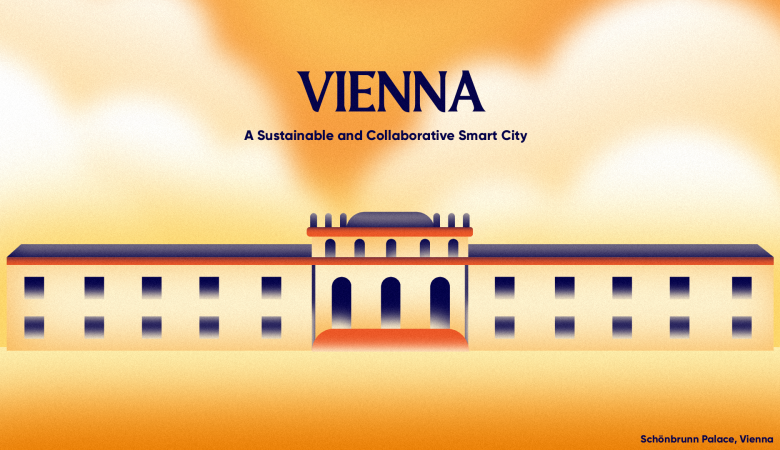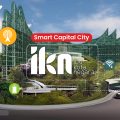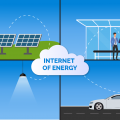Cities are growing; two in three people will live in cities by 2050. Cities are also responsible for three-fourths of total energy consumption and 80 percent of greenhouse gas emissions – and therefore have special responsibility for the future. Vienna has long been working on sustainable urban development, and with great success. This is shown by, among other things, top placings in corresponding international rankings. Vienna was voted the world's most livable city by the international consultancy firm Mercer for the tenth time in a row in 2019, was placed first in the "Global Liveability Index" of the "Economist Intelligence Unit" in 2018 and 2019, and also occupies first place in the Smart City Strategy Index of the corporate consulting firm Roland Berger.
The city has placed a strong focus on the collaborative nature of growing smarter. In 2014, Austria’s capital decided to adopt a strategy generated with the help of businesses, research institutes, public servants and private citizens to decide on the directions the city should take as it develops. To find sustainable answers to the big global challenges, a long-term Smart City Vienna framework strategy with phased and specific targets was adopted by the City Council in 2014, updated in 2019, and will be implemented by 2050. It is worth noting that Vienna not only defines environmental targets but also includes all habitats of the city's inhabitants.
The preservation of resources, productive innovation and new technologies, and improving the quality of life were the top three things people wanted the strategy to focus on. The theme ‘resources’, for example, calls for the preservation of resources by reducing their use through more efficient practices, headlined by a planned reduction in greenhouse gas emissions of 35% by 2030 and 80% by 2050 compared to 1990 levels. To achieve these targets, more specific goals are split into four related categories:
Energy – reducing per capita energy use, and a switch to renewable energy sources
Mobility – increasing support of public transportation and non-emitting transportation modes such as cycling or electric vehicles, with a corresponding decrease in private vehicle traffic
Buildings – new zero-energy building standards and the renovation of older structures to reduce energy consumption from climate control and water heating by 1% per capita per year
Infrastructure – open government, WiFi across the city, and the development of 100 new apps over the next three years
The last objectives, in particular, could motivate and enable a strong engagement by the community, and Vienna certainly wants its citizens engaged: the second theme ‘innovation’ calls for the city to become world-renowned for its education and research activities, leading to a stronger economy.
Education – strengthening comprehensive and integrated education services and encouraging uptake of voluntary higher education options
Research, Technology and Innovation – attracting new research units and researchers toward becoming one of the top five innovation locations in Europe
Economy – increasing tech-rich exports and direct investments to and from the city, with an additional ten thousand people per year setting up enterprises within the city
With its final theme, Vienna hopes to become the city with the highest quality of life in Europe by 2050, ensuring that:
Social Inclusion – the city’s resources, affordable housing, and involvement in decision-making processes will be made equally available to the full, diverse range of people living within the city
Healthcare – high levels of more efficient healthcare will be secured for all and broader health literacy encouraged
Environment – green spaces will be protected despite population increases
Do you think cities in Indonesia can catch up with Vienna, Smart People? What’s the most interesting innovation from Vienna that would be suitable for Indonesia? Let us know your opinion!
Author: Mia Patricia | Illustrator: Rizky Sabilurrasyid





